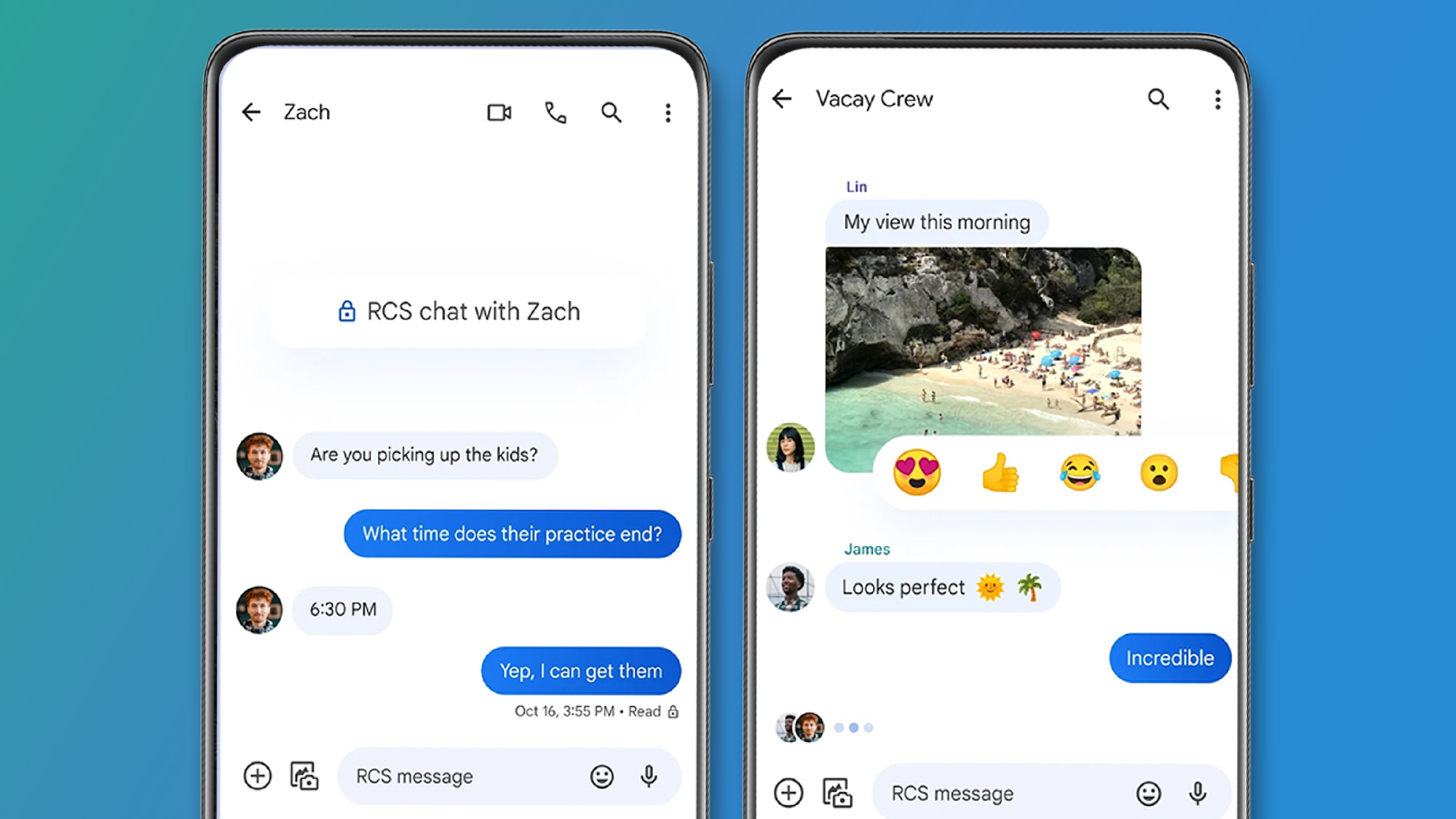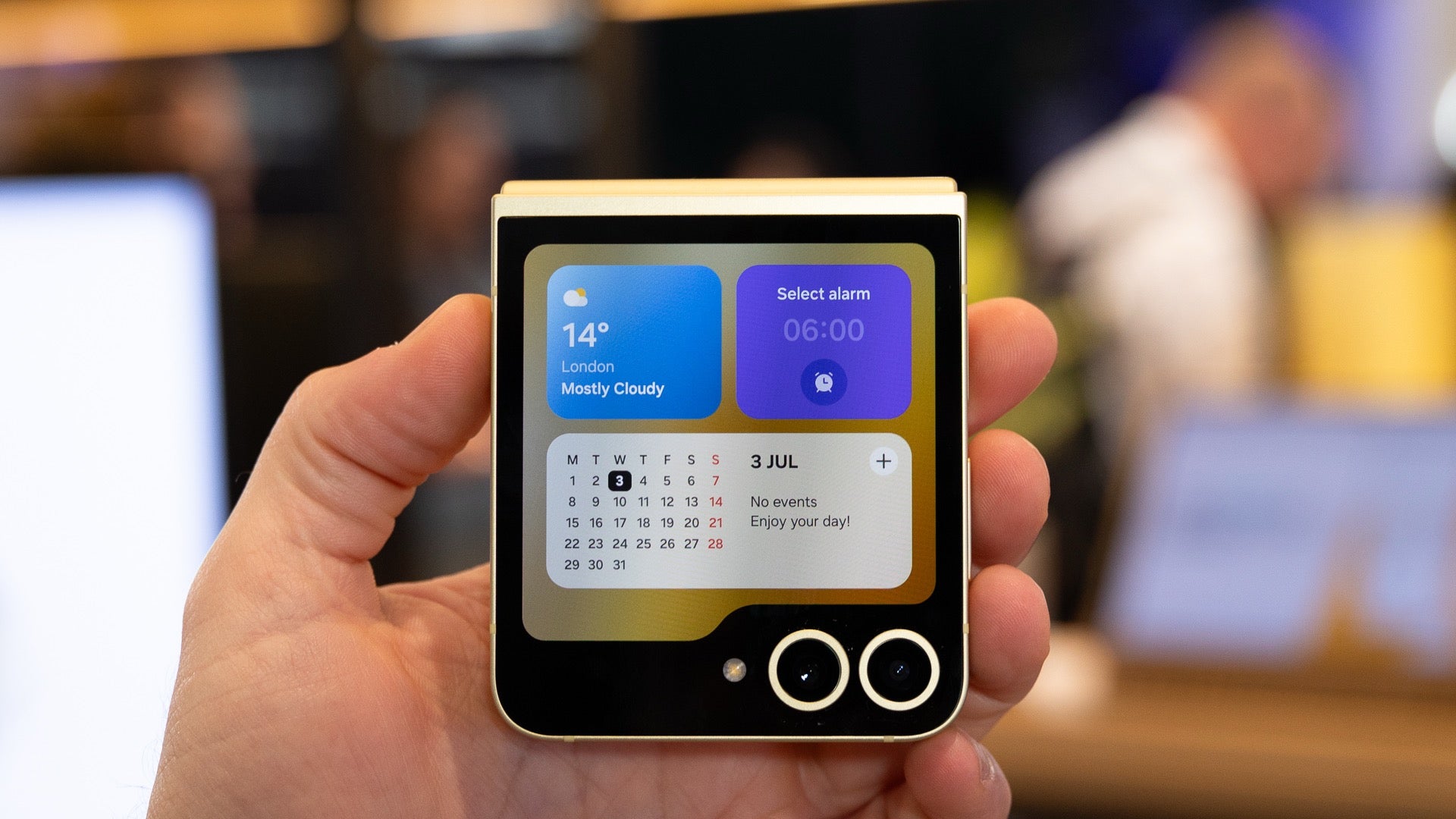HarmonyOS NEXT Development Case: Randomized 9-Cell Grid
This article demonstrates a lottery system implementation using HarmonyOS NEXT's reactive programming capabilities and component-based architecture. The solution features a dynamic 9-cell grid with configurable prizes and smooth animation effects. Implementation Highlights 1. Reactive Data Model // Observable Prize class with traceable properties @ObservedV2 class Prize { @Trace title: string // Prize title with reactive tracking @Trace color: string // Color property for UI styling @Trace description: string // Prize description constructor(title: string, color: string, description: string = "") { this.title = title this.color = color this.description = description } } 2. State Management Components // Prize editor component with shared state @Component struct MyPrizeUpdate { @Consume selectedIndex: number // Currently selected index @Consume private selectionOrder: number[] // Lottery sequence @Consume private prizeArray: Prize[] // Prize collection build() { Column({ space: 20 }) { // UI elements for editing prize properties } } } 3. Core Lottery Logic @Entry @Component struct LotteryPage { @Provide private selectedIndex: number = 0 private isAnimating: boolean = false @Provide private selectionOrder: number[] = [0, 1, 2, 5, 8, 7, 6, 3] // ...other properties // Multi-stage animation control startLottery(speed: number = 500) { // Acceleration phase } runAtConstantSpeed() { // Constant-speed phase with random duration } slowDown(speed = 50) { // Deceleration phase with result display } } Key Features Dynamic Grid Layout Flex({ wrap: FlexWrap.Wrap }) { ForEach(this.prizeArray, (item: Prize, index: number) => { // Responsive cell rendering with click effects }) } Three-Phase Animation Acceleration: Gradual speed increase (500ms → 50ms) Constant Speed: Random duration (40ms + n×50ms) Deceleration: Progressive slowdown until stop Interactive Configuration TextInput({ text: this.prizeArray[...].title }) .onChange((value) => { // Directly update reactive properties }) Visual Feedback Dynamic color schemes Click effects with scaling Real-time selection highlighting Shadow effects for depth perception Complete Implementation View full translated code with English comments on GitHub Conclusion This implementation showcases HarmonyOS NEXT's powerful capabilities in: Reactive state management (@ObservedV2/@trace) Component-based architecture Smooth animation control Responsive UI updates The solution can be extended with additional features like network synchronization or prize probability configurations, demonstrating the flexibility of HarmonyOS application development.
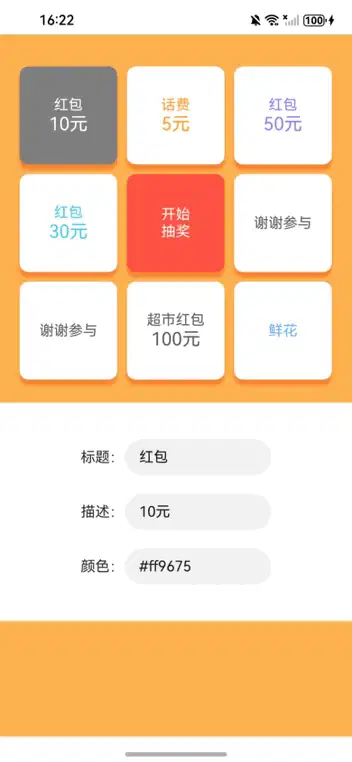
This article demonstrates a lottery system implementation using HarmonyOS NEXT's reactive programming capabilities and component-based architecture. The solution features a dynamic 9-cell grid with configurable prizes and smooth animation effects.
Implementation Highlights
1. Reactive Data Model
// Observable Prize class with traceable properties
@ObservedV2
class Prize {
@Trace title: string // Prize title with reactive tracking
@Trace color: string // Color property for UI styling
@Trace description: string // Prize description
constructor(title: string, color: string, description: string = "") {
this.title = title
this.color = color
this.description = description
}
}
2. State Management Components
// Prize editor component with shared state
@Component
struct MyPrizeUpdate {
@Consume selectedIndex: number // Currently selected index
@Consume private selectionOrder: number[] // Lottery sequence
@Consume private prizeArray: Prize[] // Prize collection
build() {
Column({ space: 20 }) {
// UI elements for editing prize properties
}
}
}
3. Core Lottery Logic
@Entry
@Component
struct LotteryPage {
@Provide private selectedIndex: number = 0
private isAnimating: boolean = false
@Provide private selectionOrder: number[] = [0, 1, 2, 5, 8, 7, 6, 3]
// ...other properties
// Multi-stage animation control
startLottery(speed: number = 500) {
// Acceleration phase
}
runAtConstantSpeed() {
// Constant-speed phase with random duration
}
slowDown(speed = 50) {
// Deceleration phase with result display
}
}
Key Features
- Dynamic Grid Layout
Flex({ wrap: FlexWrap.Wrap }) {
ForEach(this.prizeArray, (item: Prize, index: number) => {
// Responsive cell rendering with click effects
})
}
- Three-Phase Animation
- Acceleration: Gradual speed increase (500ms → 50ms)
- Constant Speed: Random duration (40ms + n×50ms)
Deceleration: Progressive slowdown until stop
Interactive Configuration
TextInput({ text: this.prizeArray[...].title })
.onChange((value) => {
// Directly update reactive properties
})
- Visual Feedback
- Dynamic color schemes
- Click effects with scaling
- Real-time selection highlighting
- Shadow effects for depth perception
Complete Implementation
View full translated code with English comments on GitHub
Conclusion
This implementation showcases HarmonyOS NEXT's powerful capabilities in:
- Reactive state management (@ObservedV2/@trace)
- Component-based architecture
- Smooth animation control
- Responsive UI updates
The solution can be extended with additional features like network synchronization or prize probability configurations, demonstrating the flexibility of HarmonyOS application development.







































































































































































![[The AI Show Episode 145]: OpenAI Releases o3 and o4-mini, AI Is Causing “Quiet Layoffs,” Executive Order on Youth AI Education & GPT-4o’s Controversial Update](https://www.marketingaiinstitute.com/hubfs/ep%20145%20cover.png)











































































































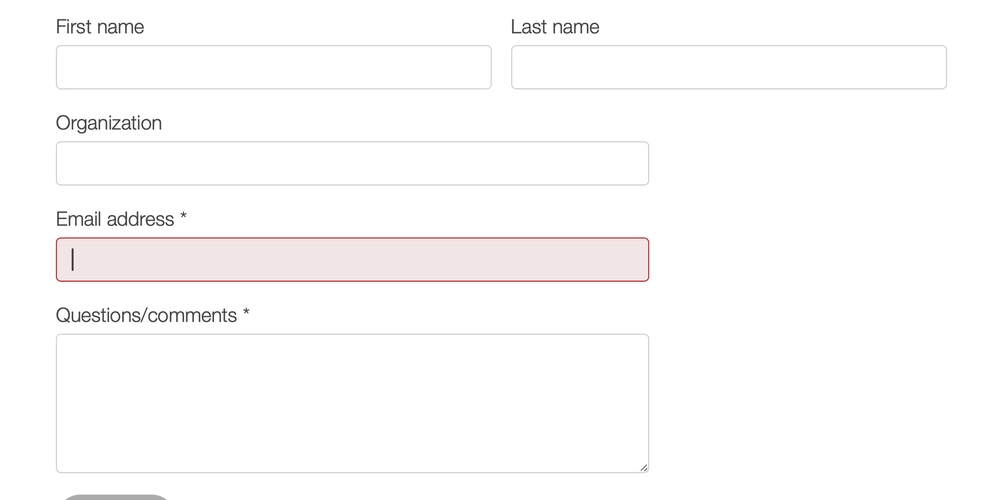


















![Ditching a Microsoft Job to Enter Startup Purgatory with Lonewolf Engineer Sam Crombie [Podcast #171]](https://cdn.hashnode.com/res/hashnode/image/upload/v1746753508177/0cd57f66-fdb0-4972-b285-1443a7db39fc.png?#)



















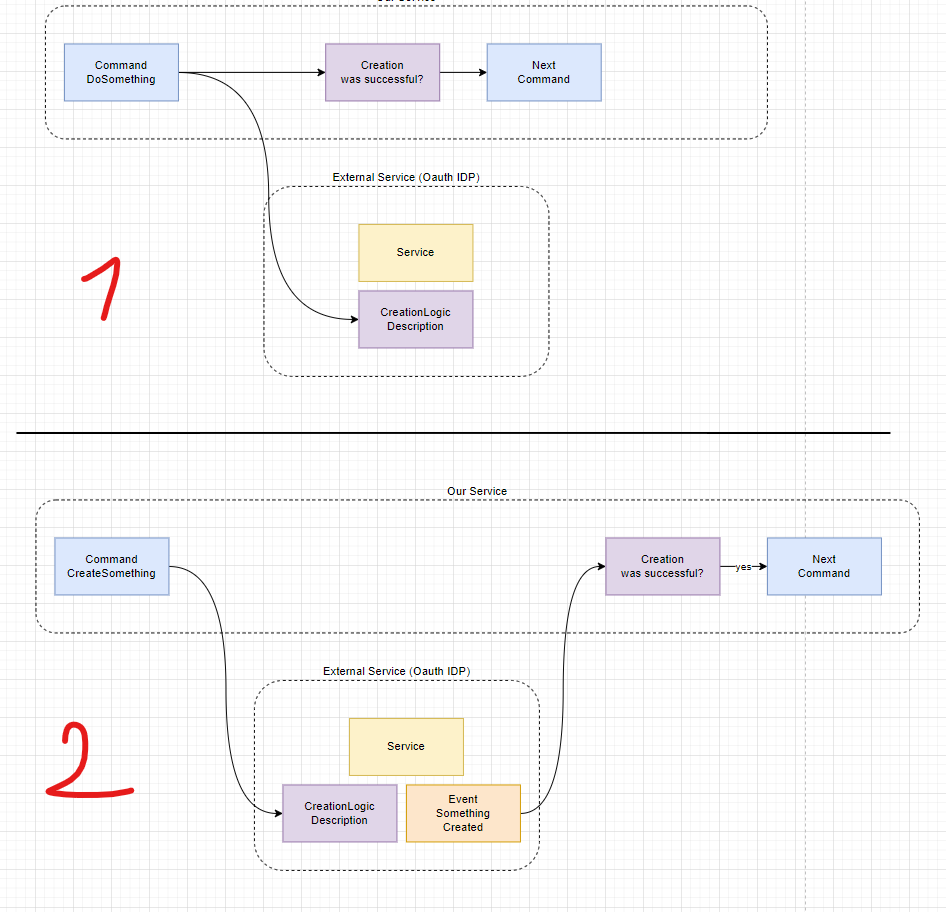















































































































_Piotr_Adamowicz_Alamy.jpg?width=1280&auto=webp&quality=80&disable=upscale#)

_designer491_Alamy.jpg?width=1280&auto=webp&quality=80&disable=upscale#)













































































-xl-xl-xl.jpg)
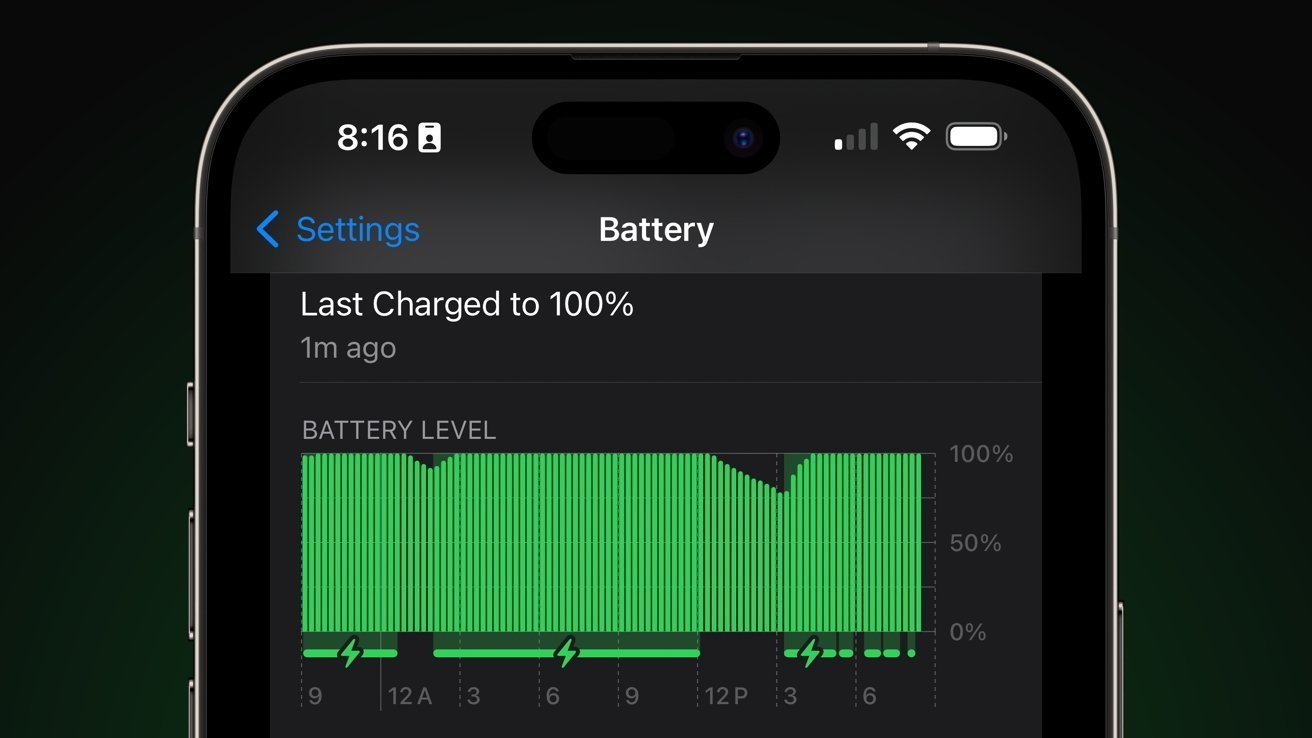


























![Apple Officially Releases macOS Sequoia 15.5 [Download]](https://www.iclarified.com/images/news/97308/97308/97308-640.jpg)

















